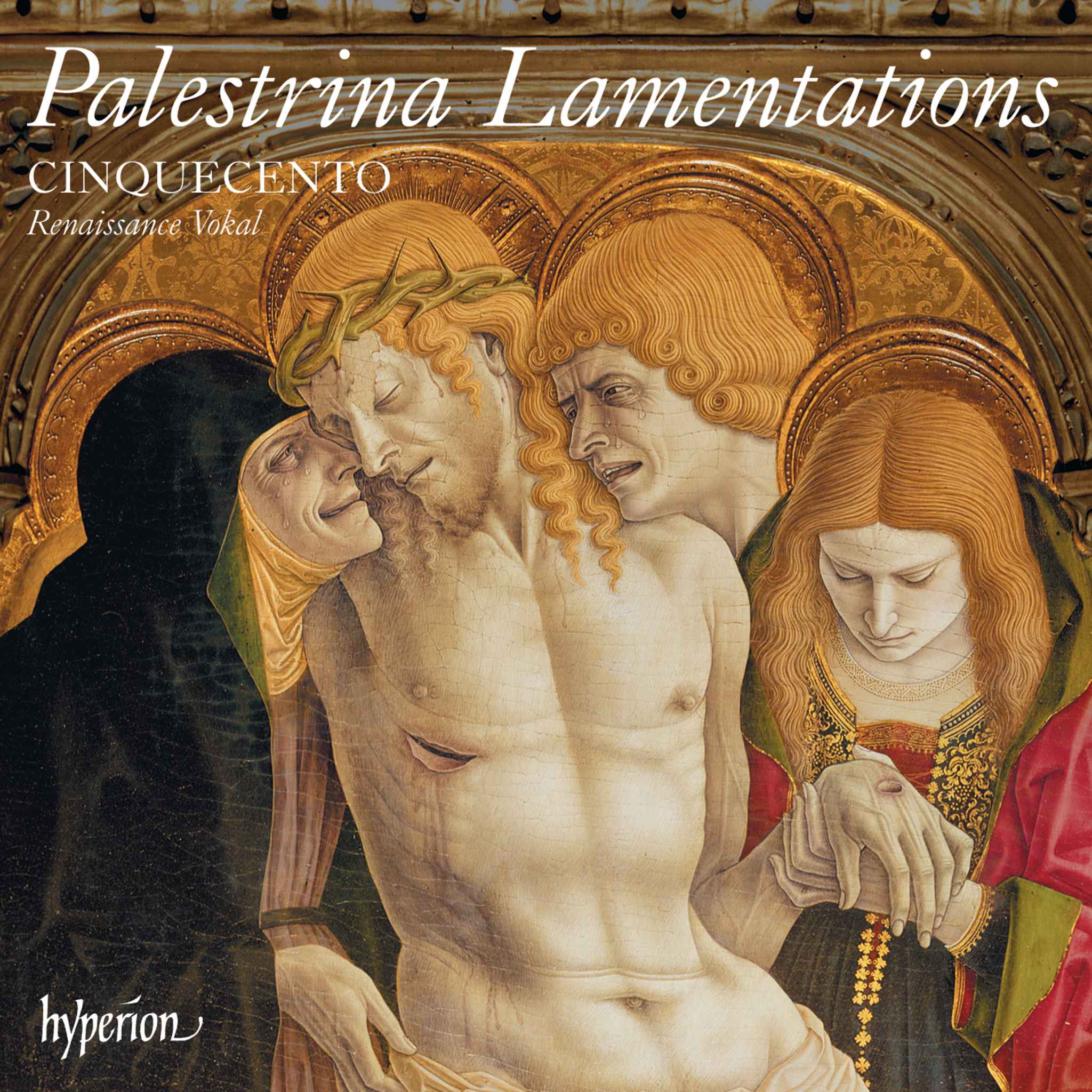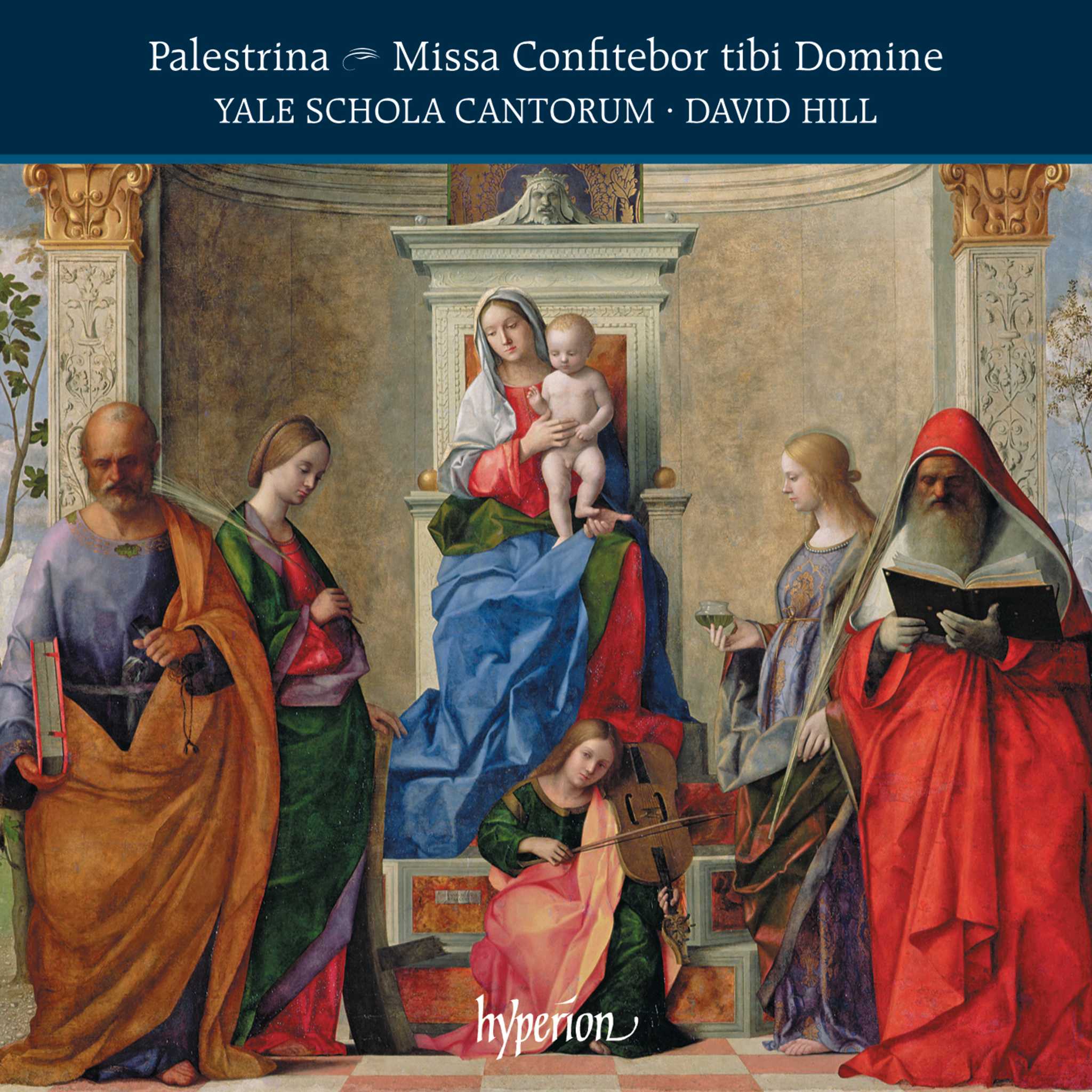New on STAGE+
Albums
About
Giovanni Pierluigi da Palestrina

Giovanni Pierluigi was born in the small Italian city of Palestrina in – probably – 1525 and came to be known by its name. Beginning as a chorister in the basilica of Santa Maria Maggiore in Rome, he learned his craft as a composer of church music in an environment that was dominated by the influence of Northern European composers such as Josquin and Lassus, but over a 40-year career as a church musician, he refined a musical style of his own – a purer, clearer form of choral polyphony that would have a profound effect on sacred music across late-Renaissance Europe.
As director from 1571 to 1594 of the Cappella Giulia (the Papal choir at St Peter's Basilica) his own music found a central place in Catholic liturgy which has been maintained, in an unbroken tradition, to the present day (although it is no longer unusual to hear Palestrina in the concert hall, too). A much-mythologised figure (there is no evidence for the story that Palestrina wrote his Missa Papae Marcelli in an attempt to influence the musical doctrine of the Council of Trent), his surviving music is extraordinary in its own right: some 100 mass settings, over 200 motets and a body of madrigals (both sacred and secular) that are generally regarded – for purity, originality and sheer expressive beauty – as one of the supreme achievements of Renaissance music.










